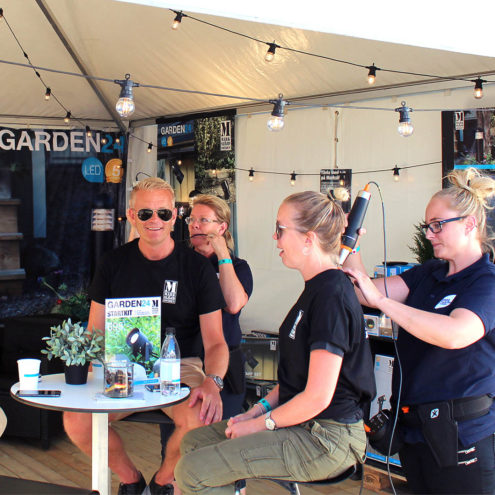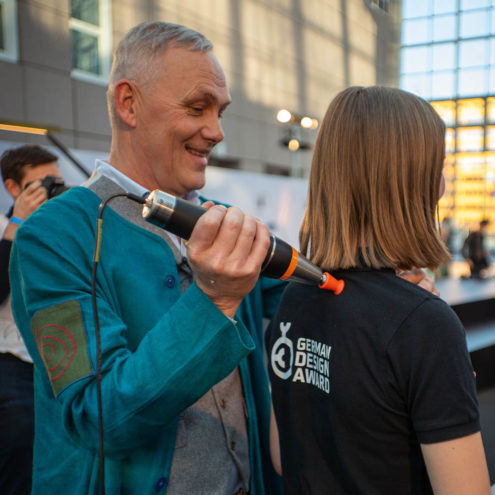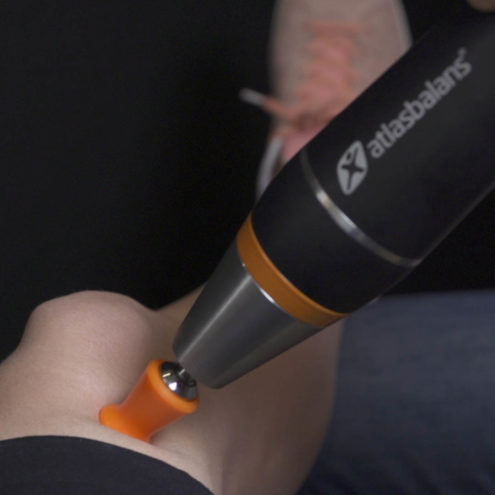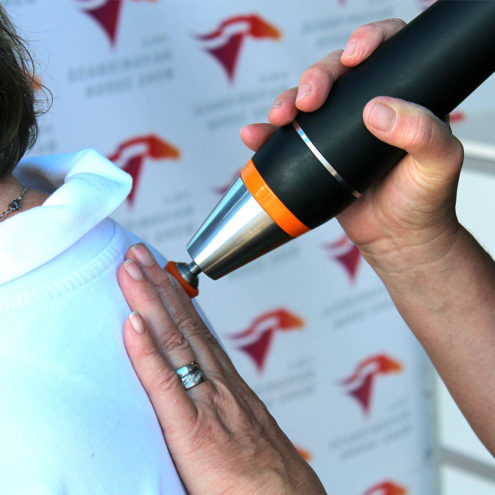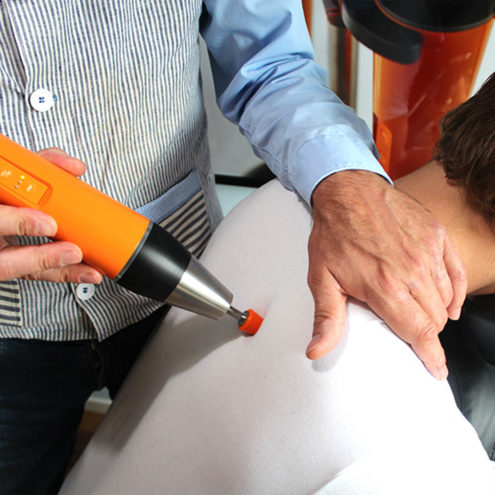Arm exercises – Strengthen and shape your arms

Exercising and getting strong arms isn’t just for those who like to build muscle at the gym. Arm strength is also important for everyday activities such as carrying grocery bags or children, throwing or opening doors. Incorporating arm training into your daily life can be beneficial for maintaining your strength and movement but also for reducing the risk of injury and osteoporosis.
The benefits of exercising arms
There are several benefits to exercising your arms. It increases muscle strength, improves endurance, reduces the risk of injury and improves bone density. Older people in particular benefit from strength training as muscle strength decreases with age. Having strong arms also makes it easier to perform other forms of exercise such as throwing, swimming and racket sports. Occupations that involve a lot of heavy lifting, such as carpentry, also benefit from strong arms.
Basic exercises for the arms
Here are four common exercises for the arms. Two for biceps and two for triceps. There are several arm exercises you can do but you may need special equipment such as special exercise benches and cable machines available at gyms.
Biceps curl with dumbbells – Hold a pair of dumbbells at your right and left sides. Bend your elbow joint so the dumbbells or barbell come up. Don’t allow your upper arms to go backwards, but keep them at your sides or slightly in front of your body. Then lower the dumbbells or barbell until your elbow is almost extended. Then repeat the movement. Remember to always keep a tension in the biceps muscle.
Hammer curls with dumbbells – Hold a pair of dumbbells with the thumb side of your hand up and your arms at your sides. Lift the dumbbells up by bending your elbow. Don’t allow your upper arms to go backwards, but keep them at your sides or slightly in front of your body. Then lower the dumbbells or barbell until your elbow is almost extended. Then repeat the movement. Remember to always keep a tension in the biceps muscle.
Bodyweight tricep extension – Grasp the edge of a table or chair with your shoulder width apart between your hands. Arms should be extended and activate the abdominal muscles as if you were doing the plank. Bend your elbows and slowly lower your upper body. Then extend your elbows to raise your upper body up. Repeat the exercise.
Narrow triceps push-ups – Stand on all fours with your knees straight or bent. Hands should be just below you and shoulder-width apart. Keep your arms straight. Bend your elbows and lower your body as much as you can, then push yourself up so your arms are straight again. Repeat the movement.
Arm training for different goals
It is possible to adjust the weight and repetitions based on the training goals you have. For endurance, low weights with a high number of reps are recommended, hypertrophy is recommended medium weights that allow you to perform 8-15 repetitions per set, in strength training you use heavy weights so you can barely do 5 repetitions. The number of sets can also vary. Some people can do up to 12-15 sets a week per muscle group while others only do five sets. For endurance training, it is generally more sets per muscle group. Heavier weights may require more rest and fewer sets to prevent muscle damage. Some claim that smaller muscle groups such as shoulders and arms can recover faster than large muscle groups such as quadriceps.
Arm training can also be done with rubber bands, cable machines and other heavy objects such as sandbags, balls or books.
Common mistakes in arm training
The most common mistake many people make in arm training is to have the wrong technique. Many perform the movements too fast, have too low or high weight or too much momentum so the movement becomes unstable. Hiring a personal trainer can be worthwhile to see if you are using the correct technique. Another method is to look in a mirror when exercising or to film yourself and analyse. Poor technique can lead to strains and injuries and lack of muscle and strength gains.
Injury prevention exercises for arms
Before exercising the arms, it is important to warm up the muscles to increase mobility and metabolic activity and improve neuromuscular control. This can be dynamic stretches of the arm muscles or starting an exercise with a few sets of lighter weights. It prepares the muscles for the work ahead, which can be particularly beneficial if you are going to train with heavy weights.
Progression in arm training
If you are careful with your arm training and you increase your strength, you may need to adjust your training to still build strength in your arms. This may involve switching to other exercises, increasing the weights of the training equipment, adjusting the number of sets and reps.
Tips for a sustainable arm exercise routine
To create a sustainable exercise routine, you should first seek the help of a personal trainer who will review your exercise goals and help you with appropriate exercises and techniques. The exercise routine should be easy to follow and fit your daily life.
It is important to regularly vary your arm training and keep it at a consistent level to continue building strength and to train both biceps and triceps.
 Search
Search







